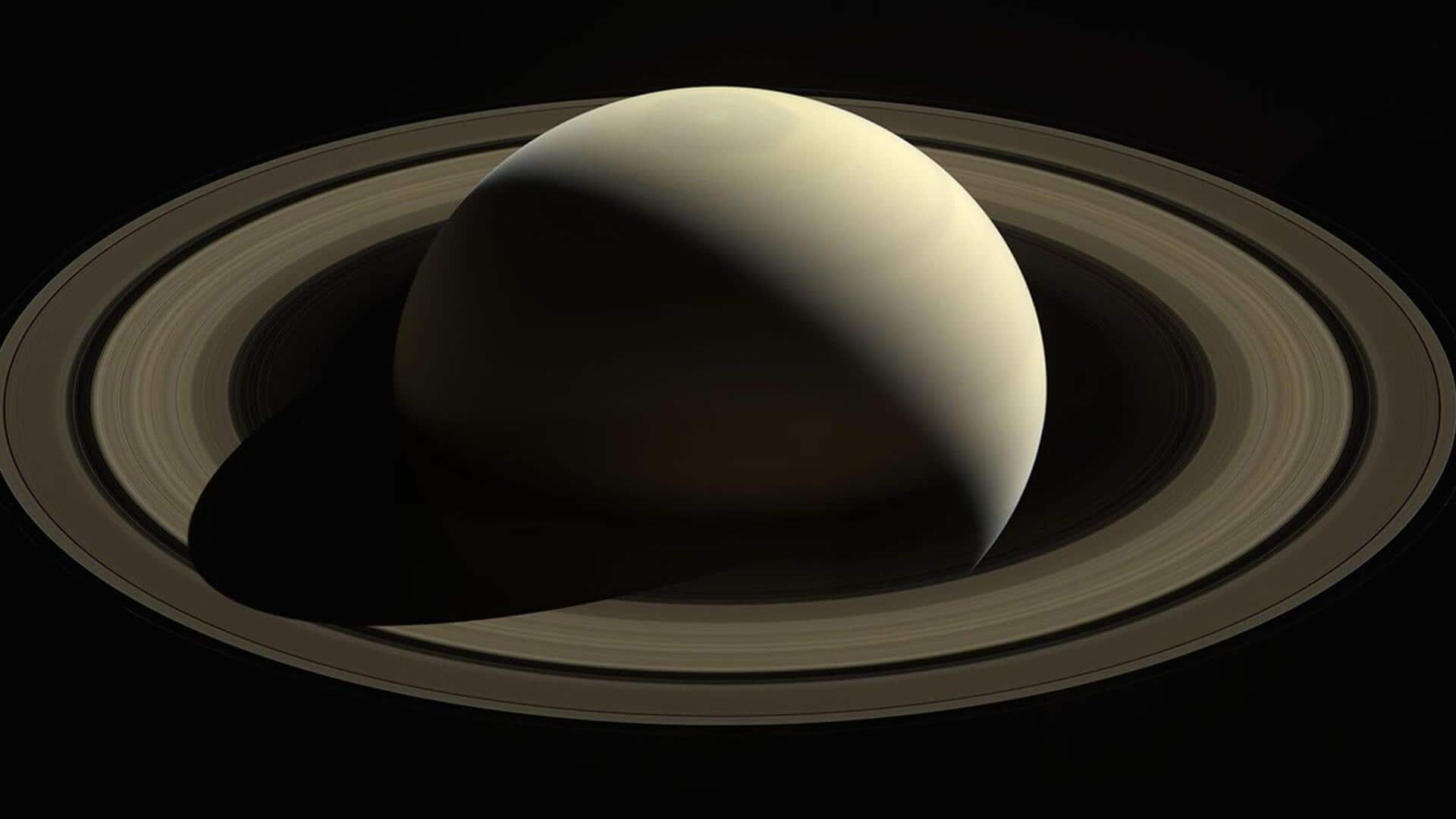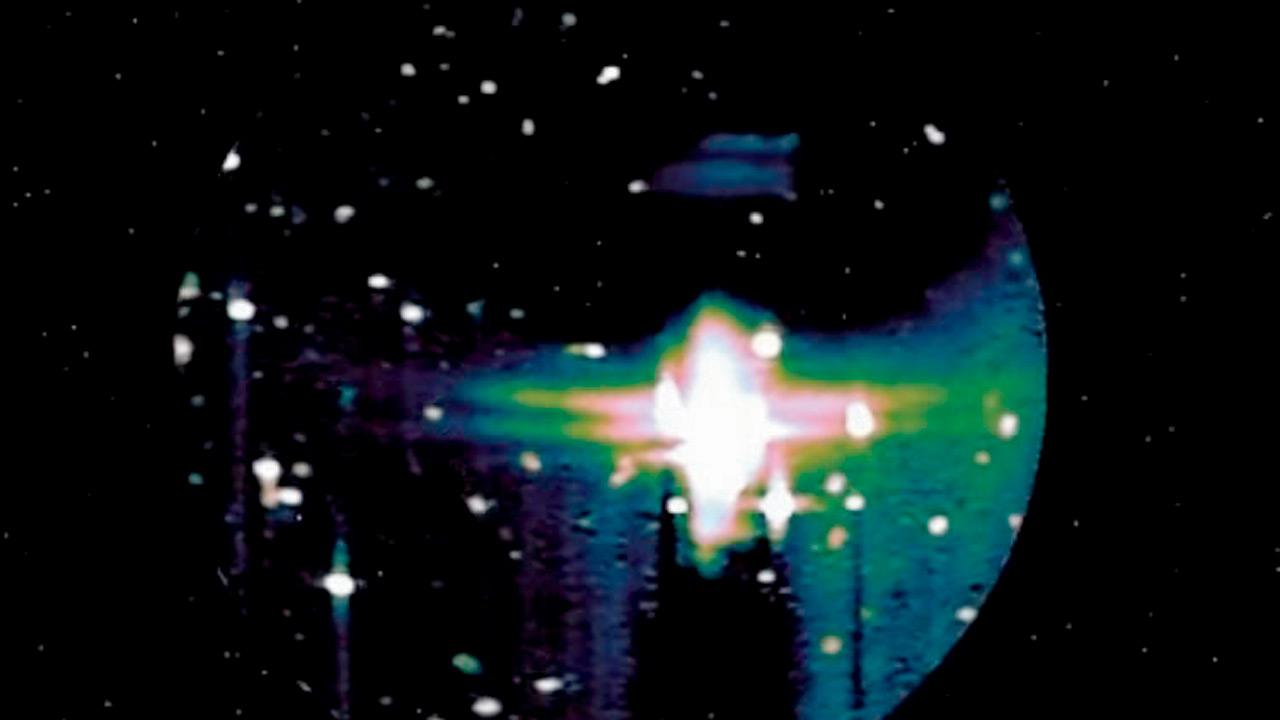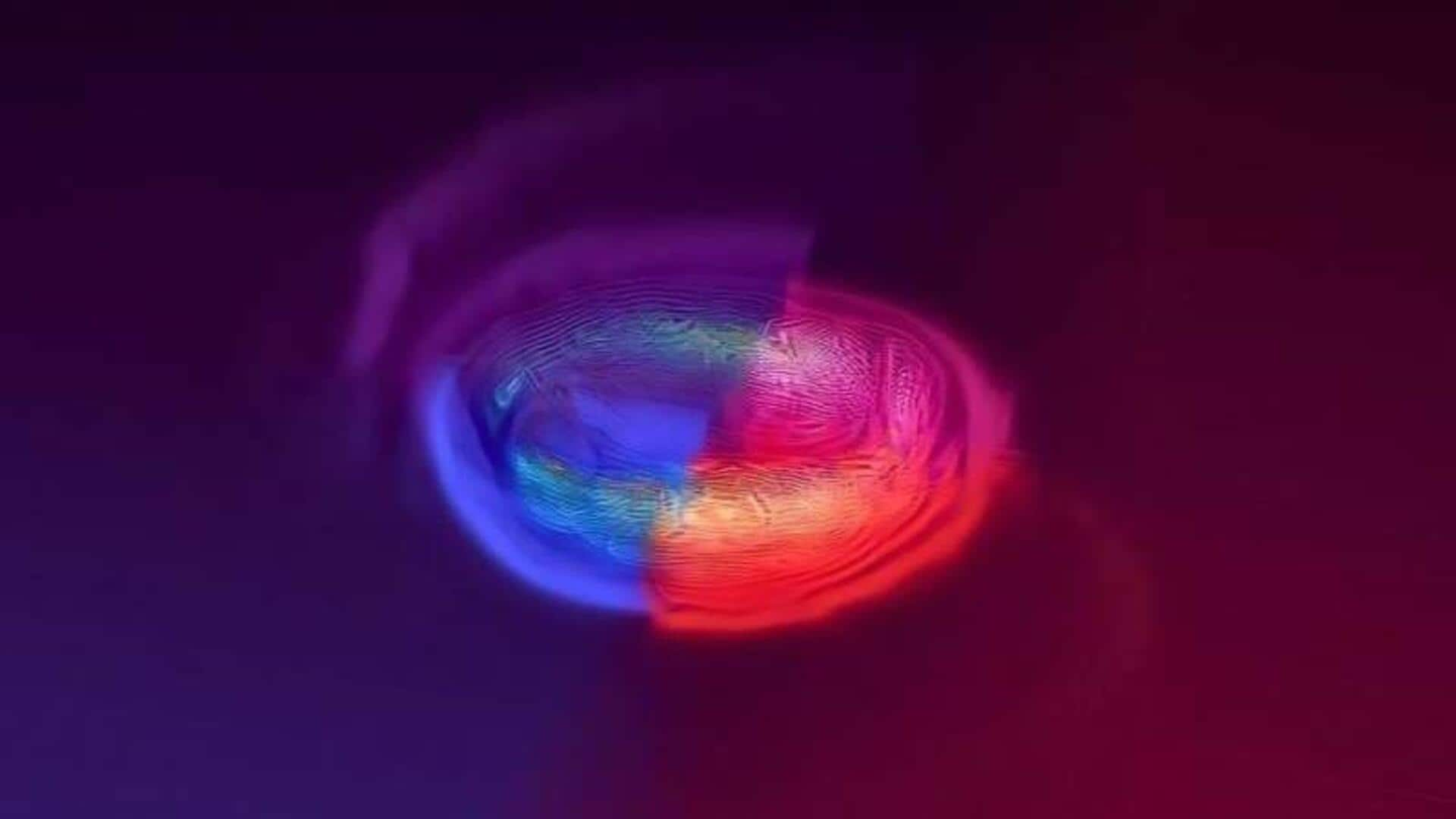**Saturn’s Atmosphere Reveals Strange Features Unseen in the Solar System**
*By Dwaipayan Roy | Sep 20, 2025, 04:21 PM*
The James Webb Space Telescope (JWST) has unveiled strange and intricate features in Saturn’s atmosphere that have never been seen before on any planet in our solar system. These groundbreaking findings were shared by Professor Tom Stallard of Northumbria University, UK, at the EPSC-DPS 2025 Joint Meeting held in Helsinki. The research was also published in *Geophysical Research Letters*.
“This opportunity to use JWST was the first time we have ever been able to make such detailed near-infrared observations of Saturn’s aurora and upper atmosphere,” said Stallard.
### Continuous 10-Hour Observation Reveals New Details
An international team of 23 scientists conducted a continuous 10-hour observation of Saturn on November 29, 2024. Their focus was on detecting infrared emissions from H3+ ions, a positively charged molecular form of hydrogen. These ions play a key role in Saturn’s atmospheric chemistry and physical processes, offering valuable insights into the planet’s dynamics.
### Unique Atmospheric Features Discovered
Using JWST’s Near Infrared Spectrograph, the team observed H3+ ions in Saturn’s ionosphere alongside methane molecules in the underlying stratosphere. In the ionosphere, they detected a series of dark, bead-like features embedded within bright auroral halos. These bead-like structures remained stable throughout the observation but appeared to drift slowly over longer periods.
In the stratosphere, they discovered an asymmetric star-shaped feature extending from Saturn’s north pole toward the equator — a pattern never before observed.
### Understanding Saturn’s Atmospheric Dynamics
The scientists mapped the exact locations of these features and found that they overlapped vertically through the same region of Saturn’s atmosphere. This suggests that the mechanisms behind these patterns influence a column stretching from the upper ionosphere down to the lower stratosphere.
“We think that the dark beads may result from complex interactions between Saturn’s magnetosphere and its rotating atmosphere,” Stallard explained. He further added, “The asymmetric star pattern suggests previously unknown atmospheric processes at work in Saturn’s stratosphere.”
### Looking Ahead: The Need for Follow-Up Observations
The research team hopes to secure additional observation time with JWST to study these peculiar atmospheric features further. Follow-up studies are crucial to deepen our understanding of atmospheric dynamics on gas giant planets like Saturn.
“Since neither atmospheric layer can be observed using ground-based telescopes, the need for JWST follow-up observations during this key time of seasonal change on Saturn is pressing,” Stallard emphasized.
The discoveries highlight JWST’s unprecedented capabilities in planetary science and open new avenues for exploring the complex atmospheres of our solar system’s giant planets.
https://www.newsbytesapp.com/news/science/saturn-s-atmosphere-shows-strange-new-features-thanks-to-jwst/story



